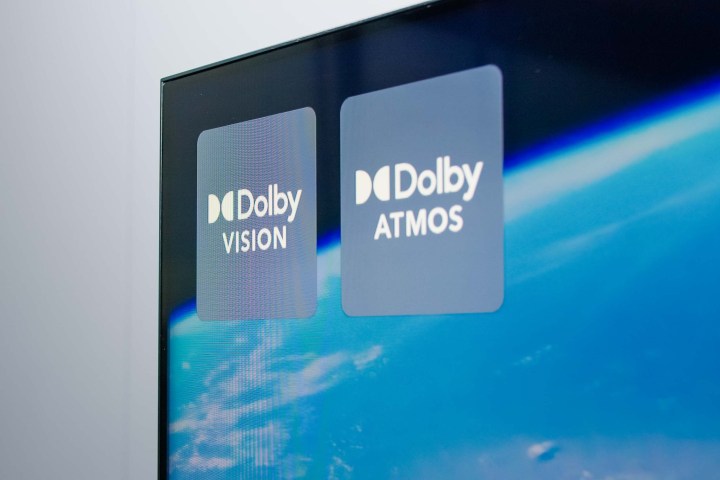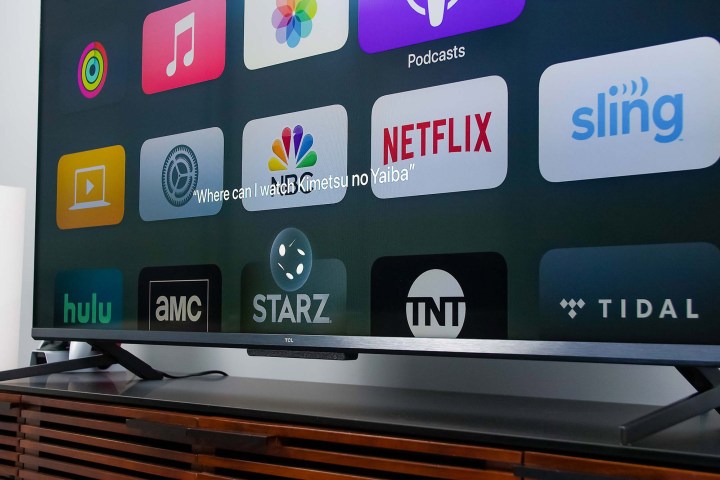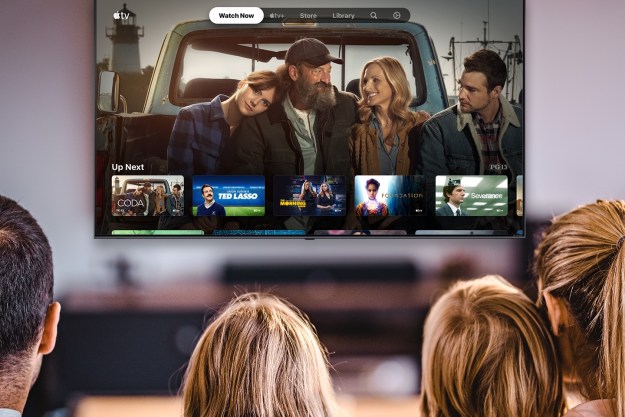I haven’t shown much love for the Apple TV 4K box in the past. A $179 set-top box never made much sense to me when Roku sells one for $40, even though I own several other Apple devices. Recently, though, I’ve changed my tune. (And I’m not alone.)
Considering everything that’s changed in the smart TV and streaming landscape, I now think the Apple TV 4K is the streaming box you should buy.
My recent 180-degree turnabout took a couple of years and came with a heavy dose of reluctance, which is why I want to share the reasons behind my about-face. If you’re getting frustrated with your streaming TV experience, the Apple TV 4K box might be the solution — especially if you’re getting sick of ads on other streaming platforms.
As for you readers who have long been Apple TV disciples? Go ahead and have yourself a little “I told you so” moment. You deserve it.
The old me
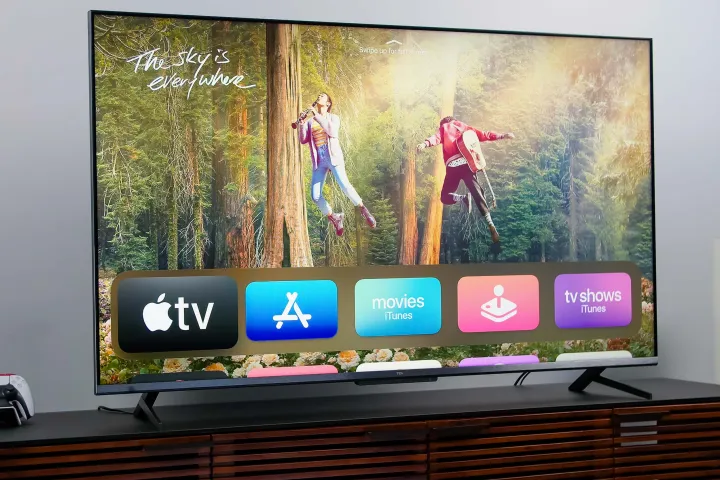
In my prior coverage of the Apple TV 4K, and the Apple streaming boxes that preceded it, my objections basically boiled down to the fact that it was too expensive. Why spend so much on such a chunky box when there are so many far more portable streaming sticks that do just about everything you need at a fraction of the price? Maybe it’s great for die-hard Apple folks, but not great for everyone else.
I still maintain that was true two years ago. But in more recent months, gradual – some might even say sneaky – evolutions in smart TV and streaming platforms have taken place. The landscape is vastly different, and that has me looking at the Apple TV in a different light. So, let’s take a look at what the Apple TV 4K looks like now, with the benefit of hindsight being 20/22.
Horsepower
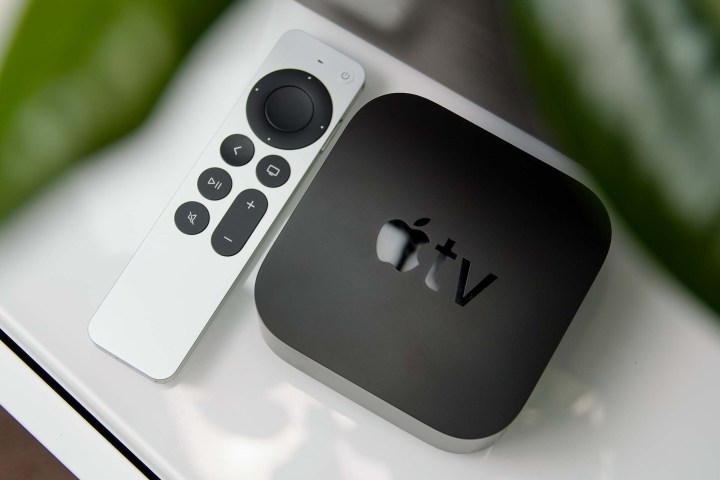
The Apple TV has always been a powerful device. Even though the current-gen Apple TV 4K is almost a year old now, its A12 Bionic chip is orders of magnitude more powerful than what’s in just about any competitors’ box, with the Nvidia Shield’s Tegra X1 being the one exception. I recently suggested that smart TVs needed chips that were about as powerful as what we see in today’s smartphones, and that’s exactly what you get with the Apple TV
What that means is that there’s virtually nothing you can throw at the Apple TV 4K that it can’t handle. As a streamer, it’s almost comically overpowered, but it’s not going to get left behind any time soon. I can’t say the same for the hardware packed into today’s smart TVs or streaming sticks and boxes. Whatever the Apple TV

Even if it isn’t the number one streaming platform out there, Apple TV OS has a history of getting timely app updates, usually with the best functionality and features. Why? Because Apple — that’s just how it is.
OK, so it’s more involved than that. I reckon if you’re in charge of developing apps at Netflix, you know the iPhone app is one of your big priorities and the Apple TV OS app isn’t a huge leap from there, so it stands to reason the Apple TV app is going to be kept current. And, yes, you could use the same rationale with Android and Google TV, but for whatever reason, I see some advanced features taking a while to drop on other platforms.
Better picture, better sound
If you want reliable Dolby Vision and Dolby Atmos delivery, you can count on the Apple TV 4K. Parsing out which combo of devices and services work together can be a nightmare. With the Apple TV
That isn’t to say the Apple TV 4K supports every desirable format, though. Apple TV does not, for instance, have baked-in support for DTS. It also doesn’t support high-res lossless audio – not yet anyway. So, it isn’t a perfect device. But I think for most people, it checks off the most important boxes.
Pleasant, familiar U.I.

I’ll admit to being enamored with Roku’s interface in its early days, but the novelty has since worn off. I just can’t even with Amazon Fire TV, and while I dig Google TV well enough, how well it performs is a crapshoot.
Apple TV has a better-looking, snappier interface. It’s just prettier to look at, and not just for Apple fans familiar with the look and feel. The home screen is one of the few that’s available in 4K, believe it or not. I remain flabbergasted that so many streaming platforms still have pixelated home screens and logos.
There’s a bunch more to love about the Apple TV 4K, especially if you are already an Apple device user. Yes, all these things have been true for some time, but as long as I’m playing the role of Captain Obvious, here are a few other features I think Apple TV users appreciate:
- Apple TV OS supports multiple user profiles, ideal for customizing app layouts and suggested content, along with personalized Apple music access.
- For Apple users especially, the Apple TV 4K has a familiar interface and remote interactions – for instance, double-pressing the home button shows an app-drawer for quick access.
- It runs multiple apps in the background so switching among apps is super fast.
- Apple TV’s search function is now pretty solid. It shows you where you can watch what you want to watch, and whether you can watch it free or not.
- You can easily use AirPods with the Apple TV for private listening.
But the biggest reason I think the Apple TV may be my go-to streamer for the foreseeable future? No ads. And along with that, more privacy.
The Apple TV high road
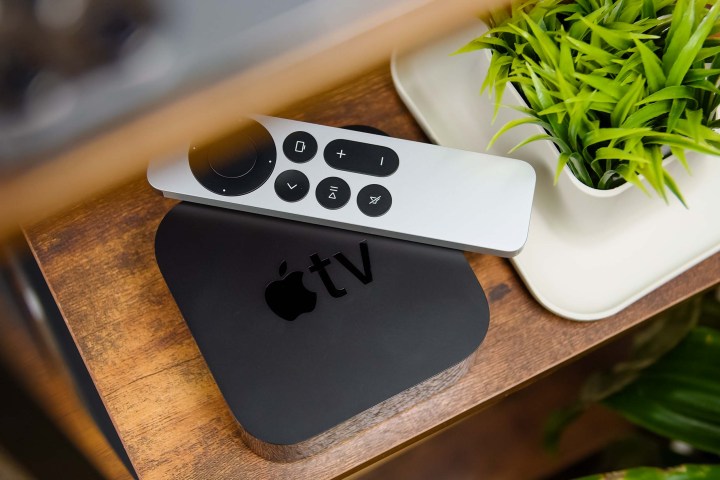
The gradual, sneaky changes I hinted at earlier have to do with ads. They have started to creep into every conceivable nook and cranny of LG’s WebOS, Samsung’s Tizen, Roku, and, though to a slightly lesser extent than those others Android and Google TV. But even with Google’s offerings, you’ve got the world’s biggest search engine tying everything you do online together with your TV watching — an aspect with which I am increasingly displeased.
Apple TV insulates you from all that. Say what you want about Apple as a company, but when it comes to the Apple TV experience, it’s still about just finding and watching content on your TV, without an ulterior motive. For me, using Apple TV has come to feel like a breath of fresh air — that’s new for me. That’s why I’m here doing a 180 on the Apple TV.
Yes, it is more expensive, but even if all it offered was an ad-free experience, I’d say the price you pay is worth the admission. I don’t know who said it, but it rings pretty true: If whatever you’re using online is free, the price is your privacy.
How long will this last? I don’t know. I hope Apple sticks to its guns here and keeps the Apple TV experience looking and feeling like it does now. But for now, I think if you are finding yourself frustrated with the experience you’re getting from your streaming set-top box or your smart TV, take another look at the Apple TV 4K … it may relieve some of that stress. Sure, it took me a few years of mounting frustration to figure that out, but … better late than never, right?
Editors' Recommendations
- I used two of the year’s oddest tech gadgets so you don’t have to
- I saw Sony’s 2023 TVs, and I think this model might be the best TV of the year
- C’mon, Apple — if Sonos can admit it was wrong about Bluetooth, so can you
- MLS Season Pass will be available to sports bars and the like
- T-Mobile subscribers can get MLS Season Pass for free

